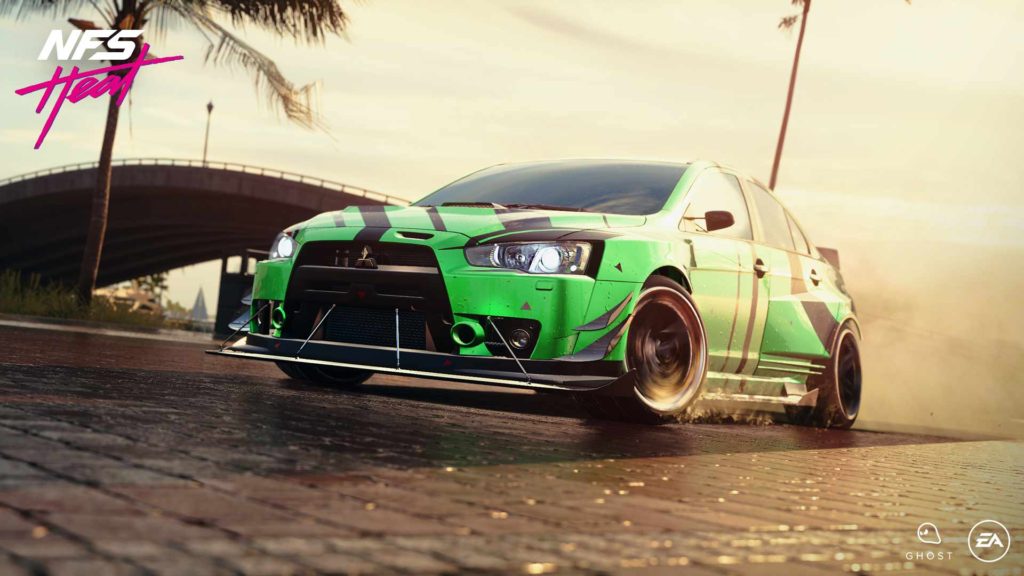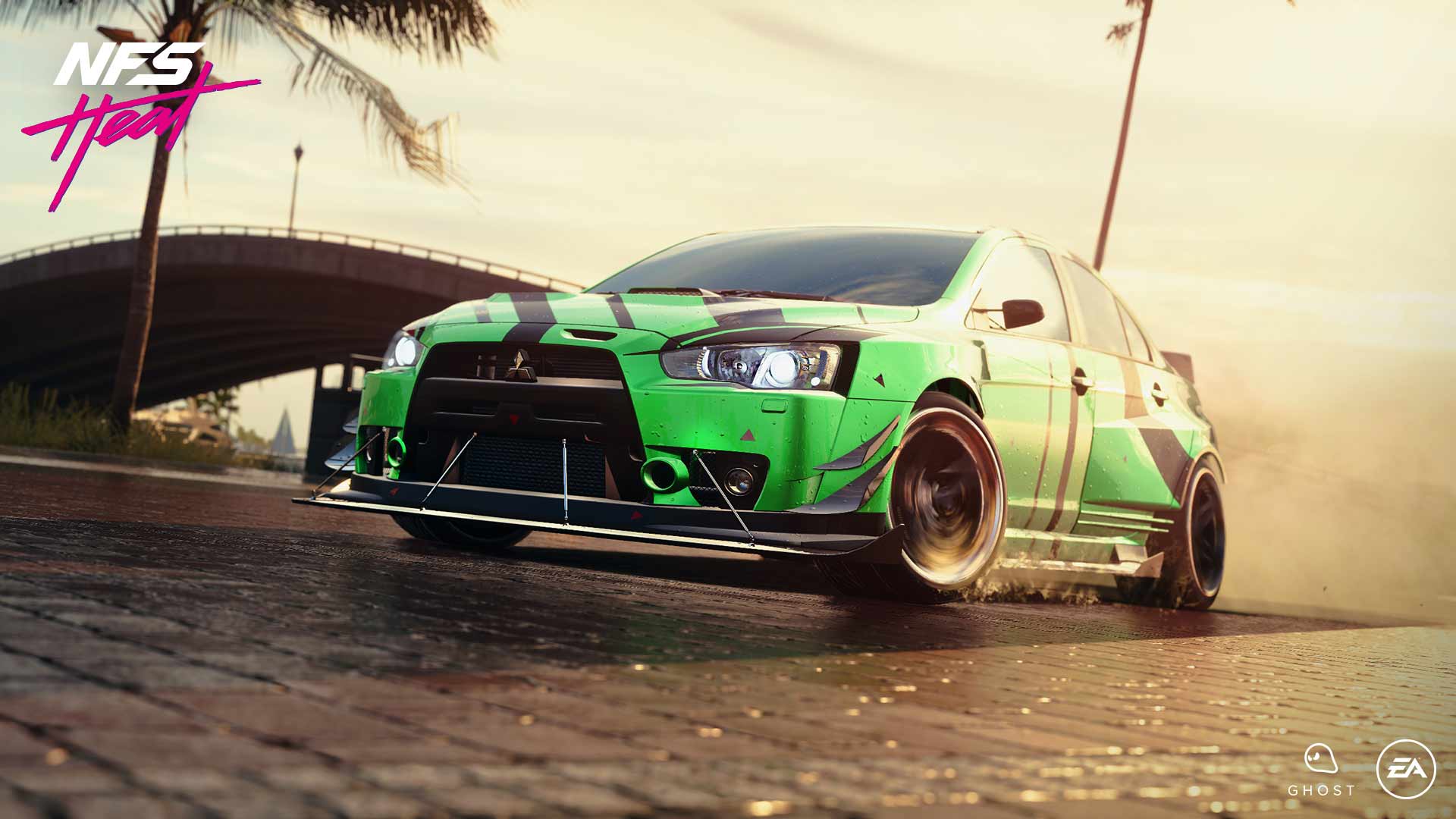Need for Speed is a storied franchise with dozens of games, with more hits than misses. But a string of misses has forced the franchise into a difficult position where its future lies uncertain. Ever since its reboot in 2015, the franchise as a whole tried various things to stay relevant. Most notorious is the addition of a card-based progression system in NFS: Payback. This along with the random nature of slot machine rewards infuriated gamers. Today, it seems like the developers at Ghost Games have taken those lessons to heart and delivered something familiar in a new setting.
The primary setting is Palm City – this world’s version of Miami. The city is vibrant and full of detail. The sprawling metropolis plays host to all sorts of racing events, both legal and illegal. The tracks on offer just within the city limits cater to mostly circuit races. The layout of individual tracks usually runs with a preference to speed or to drifting. Outside of the city limits, the world really opens up to a variety of terrains. Expect to find areas ranging from rocky countrysides to swamp-lands. Players may visit large towns spread across the bottom of the map. The southwest, in particular, is part of an industrial/shipping zone that has unique courses that feature both tarmac and dirt.
As soon as the player leaves the starting garage, they are free to participate in races. The selection may be small at first, but a little leveling up to their Rep goes a long in unlocking even more courses. Naturally, progressing through story missions also unlocks more courses.
The sanctioned daytime courses offer a significant prize pool to all participants. For context, the difference between 1st and 4th is only about a few thousand dollars. The pressure of finishing within the top 3 is slightly alleviated, at least in terms of making the Bank. All earnings go directly to the player’s pocket, called Bank. Story missions require the player to WIN in order to progress. To ensure a speedy victory, players need to build up their cars. But sellers won’t sell parts to just anyone off the streets. Racers have to prove their worth in illegal night-time races.
A highlight of the game is a feature that allows the player to transition seamlessly from day to night when out in the overworld. During night time runs, the only way to transition back to daytime is to enter a safe-house. Additionally, the player loses the ability to fast travel during that time. This makes sense considering the whole point of night runs is to race long enough to accumulate Rep points. The primary difference between day and night races is that racers aren’t the only ones on the streets. Civilian and police vehicles frequent every corner and intersection. The police, in particular, do not take kindly to illegal races.
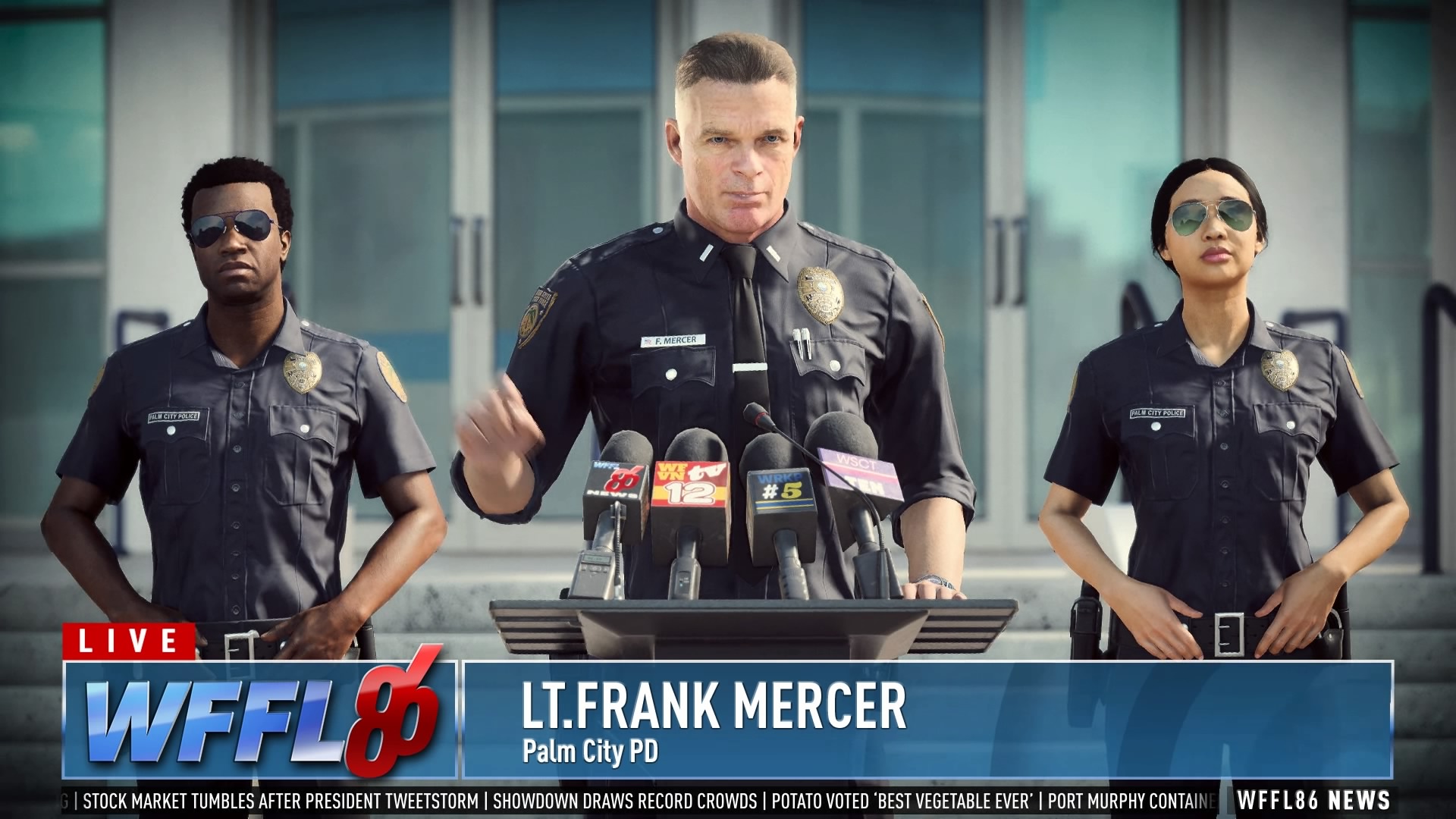
Getting on the cops’ bad side raises the Heat multiplier. The higher the multiplier, the more aggressive the cops will be in taking the player down. It starts off with a chase of a couple of regular cop cars. By the 4th level, they will roll out armored vehicles and spike traps. At the moment, the multiplier only goes as high as 5. By that time, expect them to be rolling out the National Guard. It is in the player’s best interest to evade capture and drive towards the nearest safe-house. Getting caught means losing a significant chunk of Rep earned for that night, as well as paying for bail. Successful runs open the door for higher Rep levels. And with it, more parts and access to more cars.
To help the player get a better grasp of the game’s mechanics, the garage offers rewards for various activities on the map. The game refers to these as Racer Challenges. The player can only have one set of challenges active at a time. Completing them nets a bonus in either Rep or Bank. Challenges are a neat way to encourage players to play outside their comfort zone while dangling rewards in front of their faces. That’s why canceling a challenge is sometimes hard when it’s only a third challenge that’s taking up the most time.
Track types are split into 4 distinct quadrants. Each quadrant represents the 4 main attributes of a race track – Race, Off-road, Drift, and Road. Off-road and road are pretty much self-explanatory, they pertain to a car’s ability to perform on either tarmac or dirt roads.
The relationship between Race and Drift is somewhat more complex. This does not imply that cars leaning towards Race are bad at drifting. In fact, drifting is one of the essentials to learn in order to gain mastery over the game. Look at this way, a car specializing in racing will have a more difficult time in drift courses because they build up speed very quickly. Drifting is an art in and of itself. To perform good drifts, the driver must have as much control as possible. Having a lot of power under the hood sacrifices much of that control.
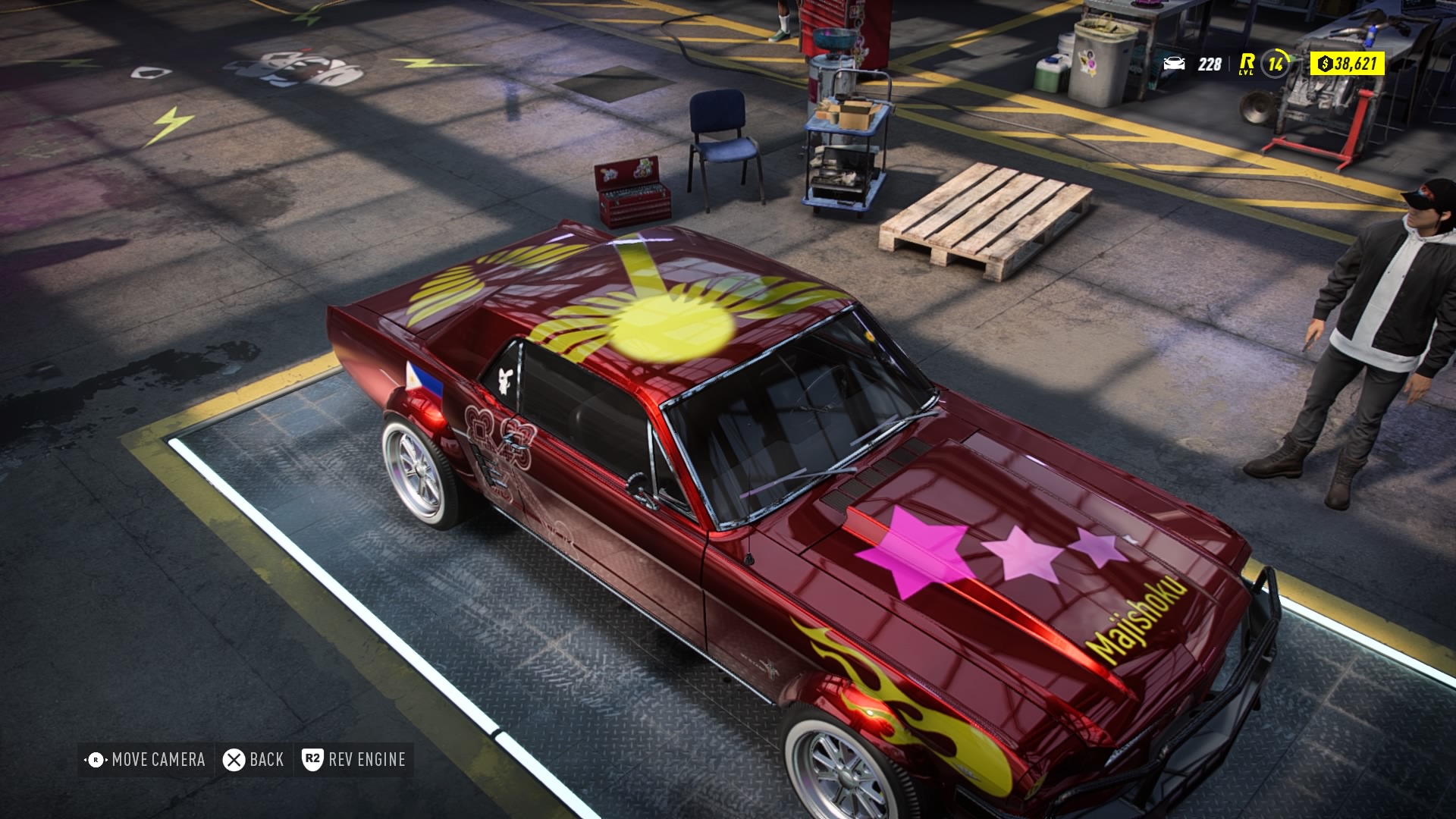
Makes sense? Let’s move on to my most favorite part of the game – Customization.
NFS: Heat allows for some hefty customization. The player may choose to tweak their car’s performance or customize looks and certain effects.
At first glance, the upgrade system seems pretty intimidating. It doesn’t take long for the player to realize that the game locks all that customization behind a Rep cap. Don’t worry though, the games make sure that the Rep needed to unlock the next upgrades is never beyond 3 or 4 Rep levels away. (Not including upgrades within the 40 Rep level range.) There are 4 different upgrades to take note of: Engine, Chassis, Drivetrain, and Auxiliary. (For the sake of convenience, I’d like to skip the specifics of what each part does.)
The engine contains several categories that affect the car’s general power output. Players may want to purchase the most powerful versions available. Chassis and drivetrain, for the most part, apply upgrades that affect the car’s performance along with the previously stated 4 quadrants. Mixing and matching chassis and drivetrain parts are key if the player wants to get the most out of a specific track type.
Trust me when I say this, it is HIGHLY advisable to get cars that specialize in each track type. I’ve tried making one general all-purpose car, and all that got me is a mediocre mess that doesn’t perform well on any track. But you are free to ignore my advice, I’m merely stating this from experience.
The auxiliary group of upgrades pertains to special abilities that the player may use to gain the upper hand over cops or fellow drivers. The first slot is for an active ability, while the second is for a passive ability. Pressing the circle button activates the active ability and the passive ability activates when certain conditions are met.
The best thing I love about the upgrade system is that fact the player can replace their engine at any time. This essentially makes it so that your car will not suffer under a hard cap in terms of performance. You’ll still need to apply the best parts possible into your new engine.
Customization plays a huge part in the appeal of the game. Not only can players apply a wide variety of custom colors to their rides, but the decal system also allows for the placement of any decals right down to the smallest angle. I’ve spent a good amount of time making my car look the way I want it to be. To the point that I looked all over the map for the right street art to apply on my car. The car parts on offer are of a decent size, it doesn’t go overboard in terms of selection. But for it’s intended purposes, it gets the job done. And finally, there is the addition of custom exhaust sounds and custom flame effects. This game just keeps on giving.
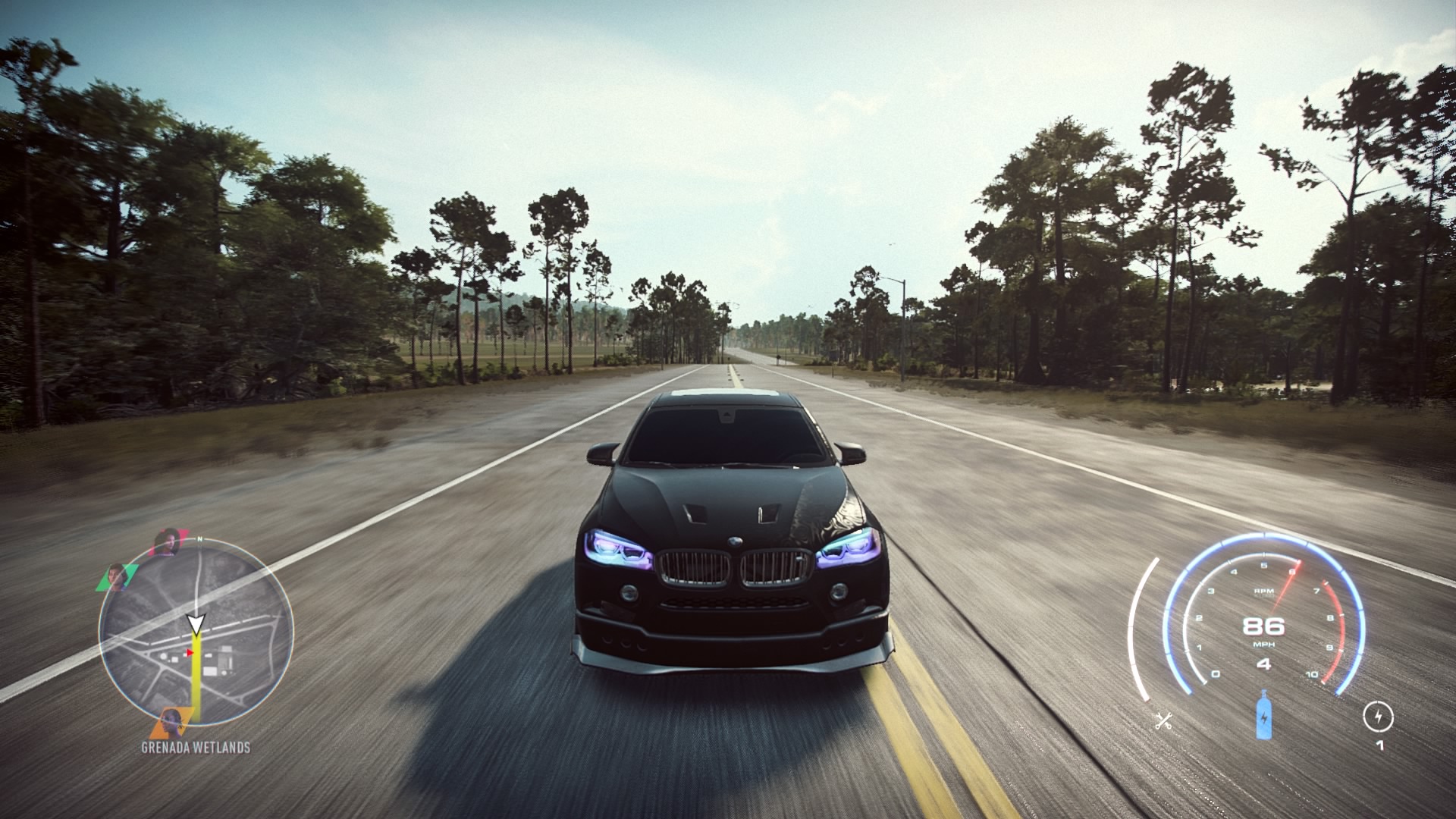
The graphics for the game are on the same level as one would come to expect to come from past games like Payback. What’s most impressive for me is the weather system. It adds so much to the experience but it’s hard to explain. Just try going over 120 mph and watch that rain go near horizontal. The same goes for the dirt that accumulates overtime on the cars. It’s not too intrusive. It just adds to the game’s visuals. The soundtracks that play in the background fit the game very well. It does its job in setting the mood for each race. My only complaint about the sounds is that they don’t offer much in terms of variety.
Moving on to the story of the game – I wasn’t all that into it. Mainly because I can practically see what’s coming next a thousand miles away. It’s pretty much like watching the first Fast and the Furious Movie. But this time, cops are the bad guys. And your character’s only motivation in all this is to make them go away so that they can continue on their quest to get recognized by the city’s racing league. Though the story’s not without some good moments. The story of Ana and Lucas Rivera is acted out really well, much better than the scenes involving the corrupt cops. All in all, I’d say just push past the story and return to some good old fashion racing to the top of the league.
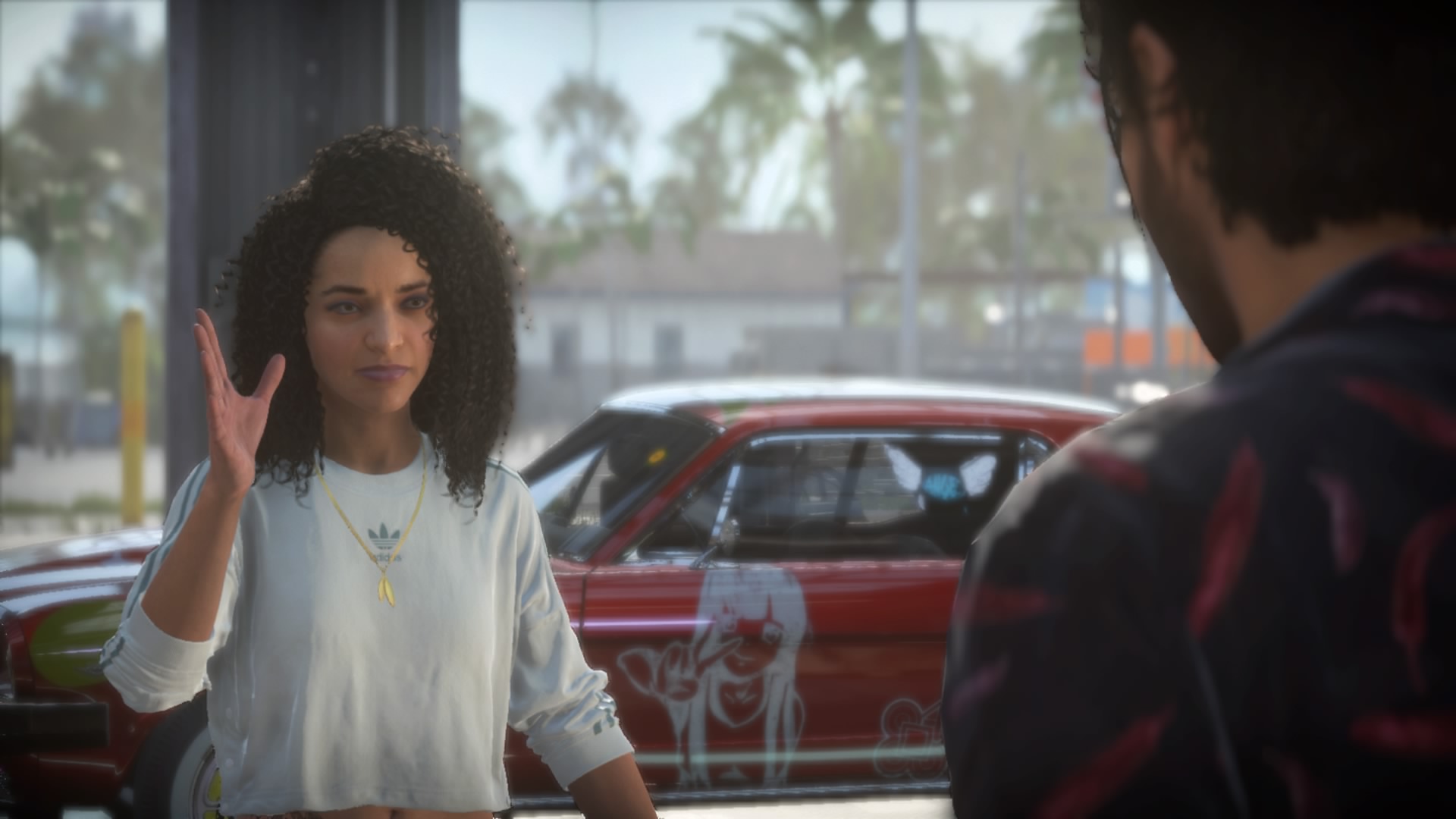
At this point, I want to highlight some of the extra stuff that makes this stand out among the rest. Firstly, it is very easy to recover from falling off the map in this game. There aren’t any time penalties to speak of, the car magically appears in the middle of the track. Restarting a bad race at any time is also a welcome feature. The only downside is that the car’s health does not reset at the start of the race.
Health plays a part in many aspects of the game. Car performance doesn’t dip until the car is on its very last legs. At that point, it might as well be moving junk. Driving past a gas station fixes the car like new. At night, it only allows for 3 repairs before closing up. For some reason, hitting trees and stone walls in the city deal with no damage to the car. They even fall like dominoes. But hitting trees in the countryside stops the car dead in its tracks. (Like it’s supposed to) That is so strange…
Cops act differently at night than they do during their day shifts. During the day, cops follow the rules and at most hand out speeding tickets to the player. At night, things get really dicey. Cops will pull every dirty trick in the book to force the player into submission. It’s not uncommon for a squad of cop cars to consistently ram racers into ditches and walls. What’s annoying for me is when cops appear out of nowhere. I know it’s there to ensure that the game doesn’t make things too easy – but still. Having 3 cop cars spawn in all 3 corners of an intersection… come on.
Progressing in the game unlocks many collectible/skill-related challenges. Collecting street art is as simple as scanning buildings. Finding them unlocks unique art that the player can apply to their car. Neon flamingos also appear across the map. Running them over nets some cash and Rep. The same goes for billboard challenges that require the player to find ramps to jump through police billboards.
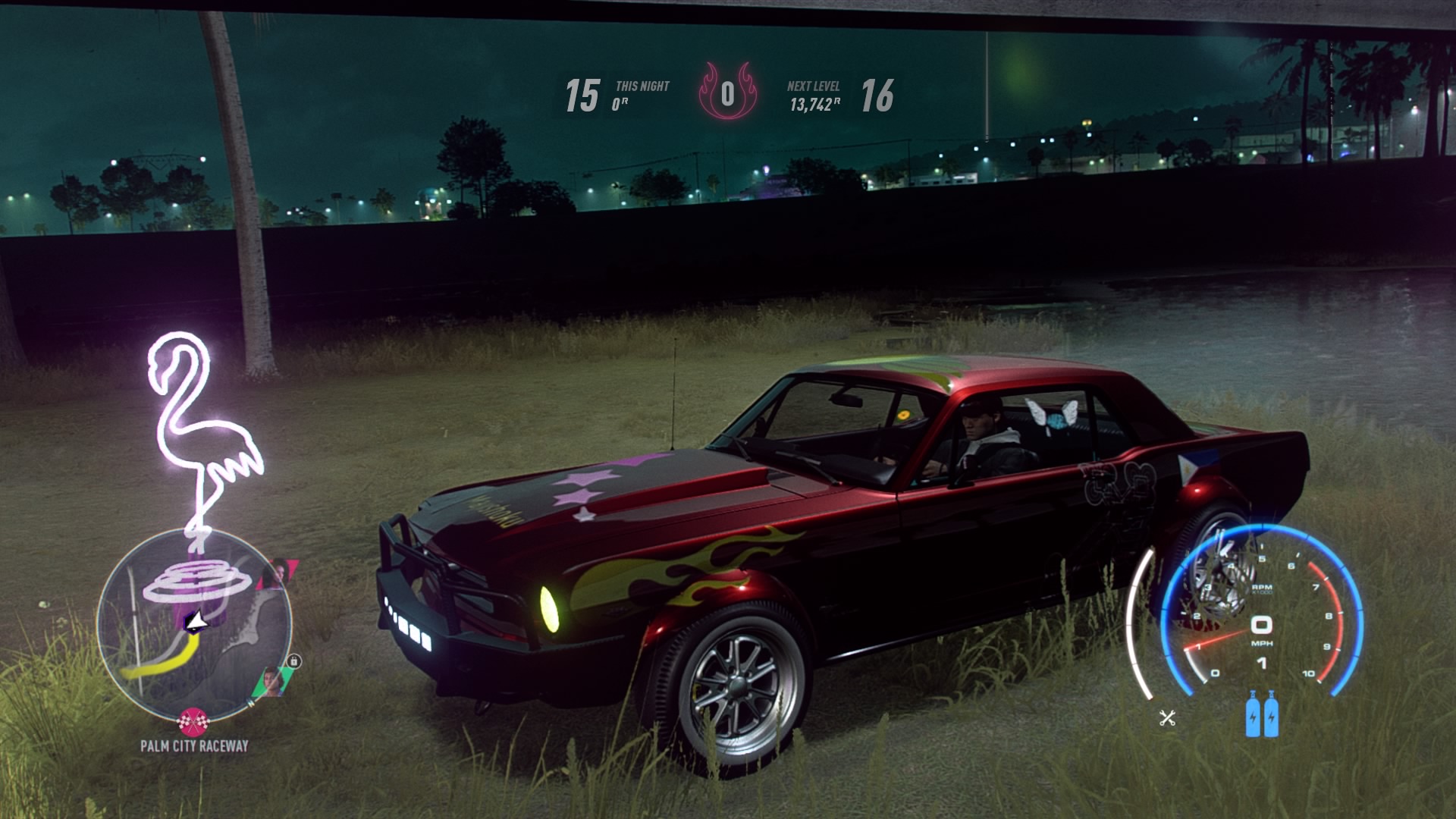
Challenges, as the name implies, require the player to reach a certain threshold in order to collect. Speed traps require the player to hit a certain speed at the moment of arrival. Drift zones allocate a segment of the road and grades the player’s drifting abilities at the end of the zone. Finally, long jumps ask the player to clear a certain distance before hitting the ground again.
The map keeps track of all activity locations, making them slightly less difficult to do. Nonetheless, doing all the activities on the map still requires a good amount of time, skill, and luck.
As for the online aspect of the game, I did not get into that all too much. It’s pretty much the same as the offline mode. The only difference here is that you can see all other players in the lobby, in real-time, across the map. It’s a fun little addition, especially when crews are involved. Crew events include time trials where each player tries to beat a high score for bragging rights.
The range of car manufacturers is quite tame this time around. There is a noticeable absence of one particular brand, but it’s beyond me as to why they aren’t included. Still, I’m seeing car models that I haven’t seen in a while. I’m probably going to add them to my collection at some point. Regardless, there are literally dozens upon dozens of cars to unlock. Hopefully, they’ll add more to the game via DLC.
Need for Speed: Heat plays it safe in many regards. On the one hand, it tries to distance itself from Payback. And on the other, it is a mesh of carefully put together mechanics from previous games – wrapped in the colors of South Beach. This is not the next step in the franchise, but rather a glorious return to form after taking a hit. It combines the best parts of games such as Most Wanted and Underground. The game itself is an excellent starting point for anyone curious about the world of Need for Speed. The simplified controls make maneuvering a blast. And keeping the option open to revert back to older controls for series veterans is much appreciated. I highly recommend this game for players of various skill ratings.
While it scores highly in both gameplay and mechanics, there’s no denying that NFS: Heat borrowed one too many elements from earlier Fast and Furious movies. Because of this, it suffers a bit in the story category. Replay value is also down, considering the laundry list of things to do on the map. On the brights side, they didn’t try and recreate any of the stunts. Graphics and sounds hit the high-quality mark, but they don’t push the envelope in terms of visuals nor song choice. What allows it to sit firmly in the “Great” category is the fact that it is a well-built product with a few bugs here and there. I can’t wait for what’s next in the franchise.
And with that, I will end my review of NFS: Heat and will probably keep playing into the foreseeable future.


